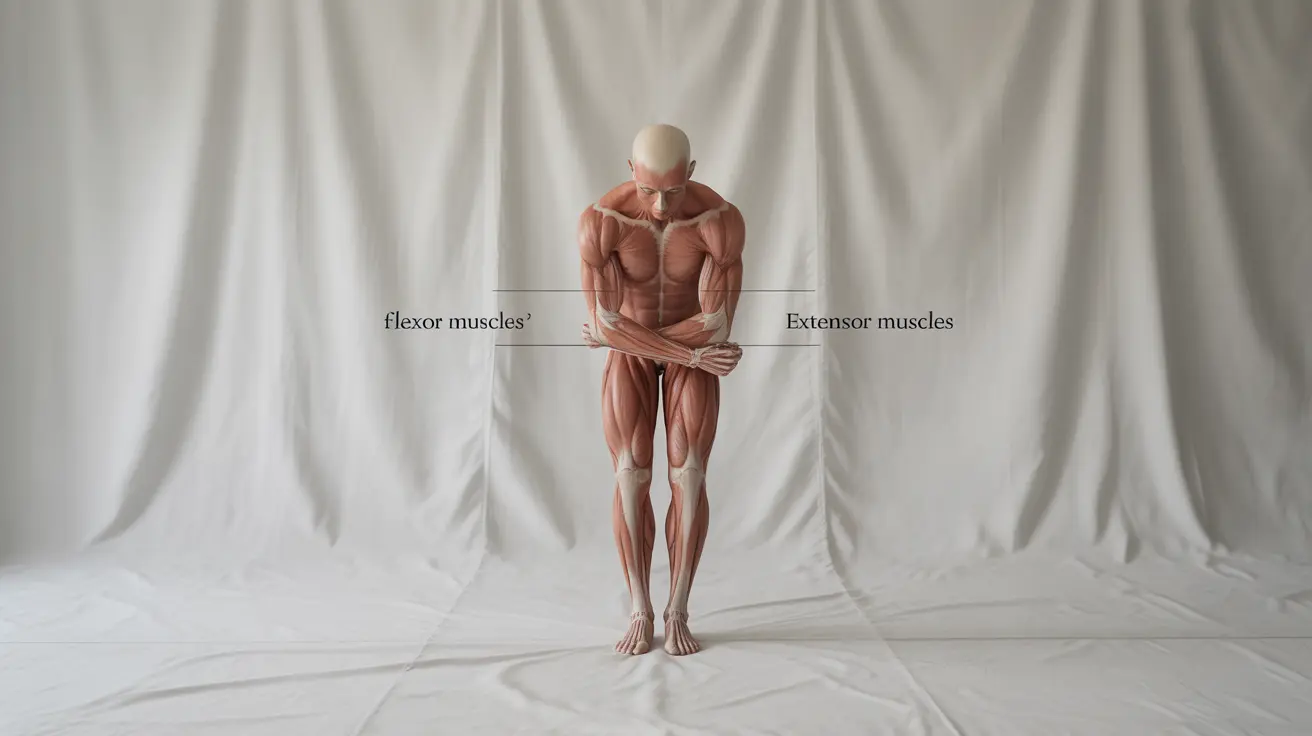Decorticate posturing is a serious neurological condition that indicates significant damage to the brain. This abnormal body positioning occurs when severe brain injury disrupts normal motor function, resulting in characteristic arm and leg movements that medical professionals must quickly recognize and address.
Understanding decorticate posturing is crucial for healthcare providers and caregivers, as it often signals a medical emergency requiring immediate intervention. This article explores the key aspects of this condition, including its causes, symptoms, diagnosis, and treatment options.
What is Decorticate Posturing?
Decorticate posturing is an involuntary positioning of the body that occurs following severe brain injury. The characteristic position involves flexion of the arms, wrists, and fingers toward the chest, while the legs extend and turn inward. This posture indicates damage to the brain tissue above the brainstem, specifically affecting areas between the cerebral cortex and the midbrain.
Key Signs and Characteristics
The hallmark signs of decorticate posturing include:
- Arms bent and held tightly against the chest
- Wrists and fingers flexed inward
- Legs held straight and rigid
- Feet pointed inward
- Head turned to one side
- Abnormal muscle tone and stiffness
Causes and Brain Areas Affected
Several serious conditions can trigger decorticate posturing:
- Traumatic brain injury
- Stroke or bleeding in the brain
- Brain tumors
- Infections affecting the central nervous system
- Severe lack of oxygen to the brain
- Drug overdose
The condition specifically affects the cerebral hemispheres and the neural pathways between the brain and spinal cord, while leaving the brainstem relatively intact.
Diagnostic Approach
Healthcare providers diagnose decorticate posturing through:
- Neurological examination
- Assessment of posture and muscle tone
- Brain imaging (CT scans and MRI)
- Evaluation of vital signs
- Review of patient history and injury mechanism
Treatment and Management
Treatment focuses on addressing the underlying cause of brain injury and may include:
- Immediate stabilization of vital functions
- Surgical intervention when necessary
- Medication to reduce brain swelling
- Mechanical ventilation if needed
- Intensive care monitoring
- Rehabilitation therapy once stable
Prognosis and Recovery
The outlook for patients with decorticate posturing varies significantly depending on:
- Severity of the initial brain injury
- Speed of medical intervention
- Underlying cause
- Patient's age and overall health
- Access to appropriate rehabilitation services
Frequently Asked Questions
What are the signs and symptoms of decorticate posturing?
The primary signs include arms flexed and held against the chest, wrists and fingers bent inward, legs extended and turned inward, and increased muscle tone. These symptoms typically occur in unconscious patients with severe brain injury.
What causes decorticate posturing and which brain areas are affected?
Decorticate posturing is caused by severe damage to the brain areas above the brainstem, particularly affecting the cerebral cortex and its connections to the midbrain. Common causes include traumatic brain injury, stroke, tumors, and severe oxygen deprivation.
How is decorticate posturing diagnosed in an unconscious patient?
Diagnosis involves a comprehensive neurological examination, brain imaging studies (CT and MRI), assessment of vital signs, and evaluation of the patient's posture and muscle responses. Medical professionals also review the patient's history and circumstances leading to the condition.
What treatments are available for decorticate posturing and its underlying brain injury?
Treatment primarily focuses on addressing the underlying brain injury through emergency medical care, possible surgical intervention, medications to reduce brain swelling, and supportive care. Once stable, patients typically require extensive rehabilitation.
What is the difference between decorticate and decerebrate posturing?
While decorticate posturing involves arms flexed toward the chest with extended legs, decerebrate posturing shows both arms and legs extended straight out. Decerebrate posturing typically indicates more severe brain stem damage and often carries a worse prognosis.




